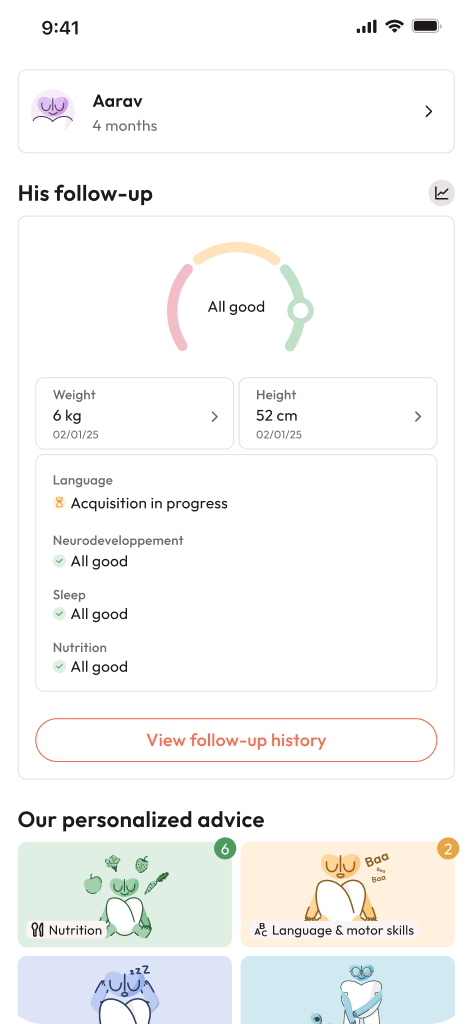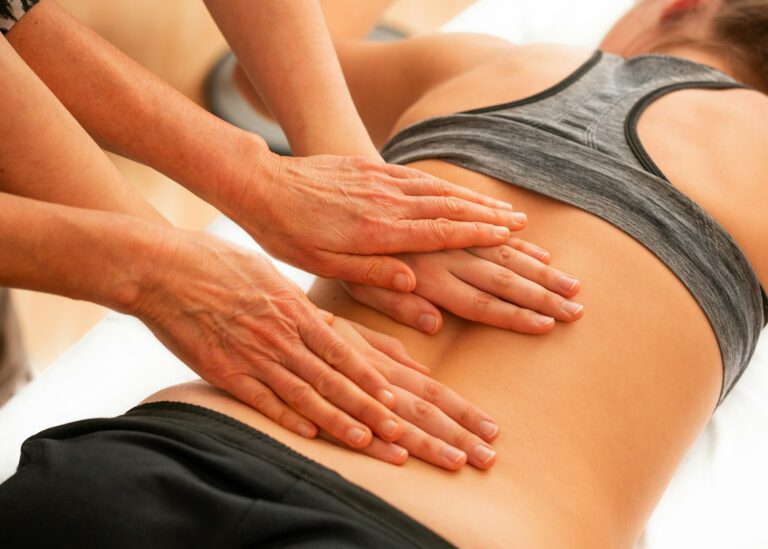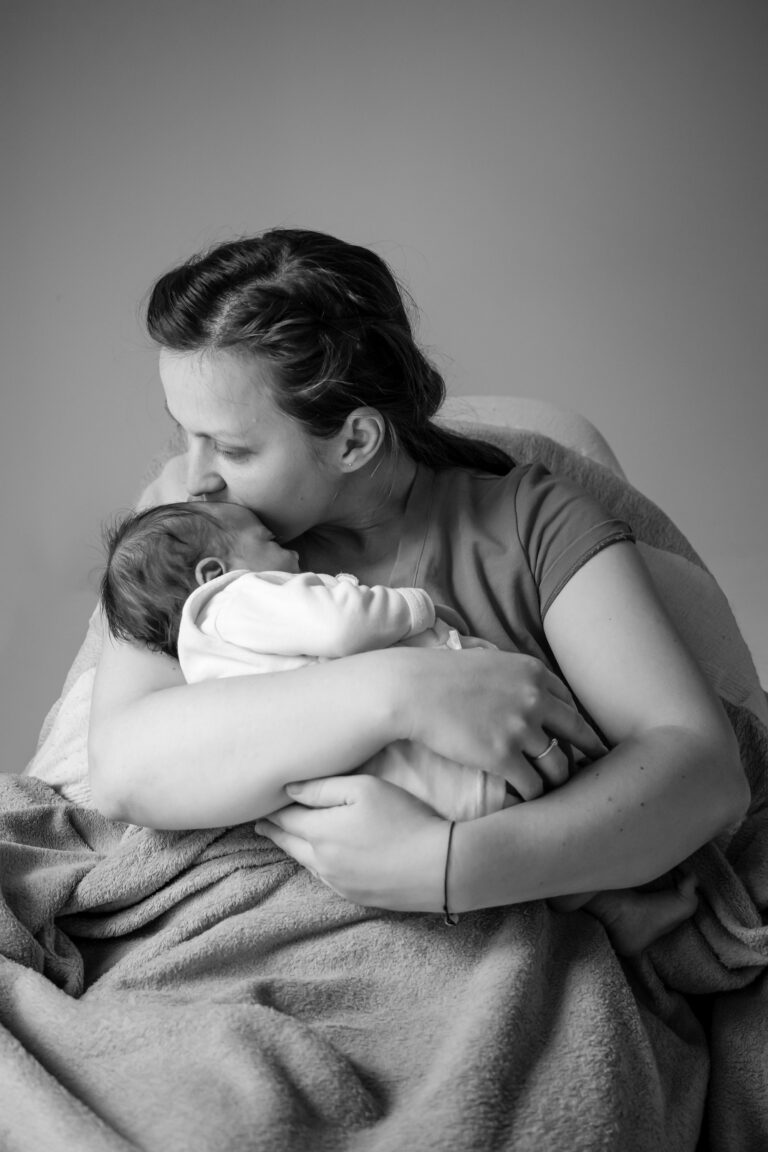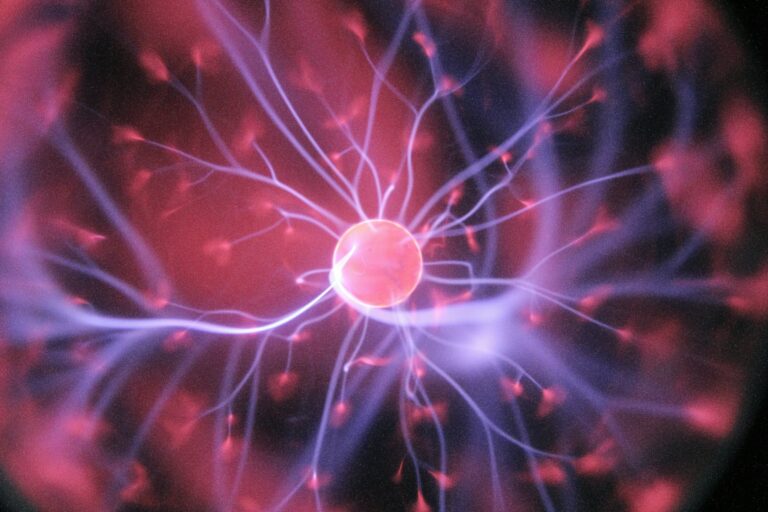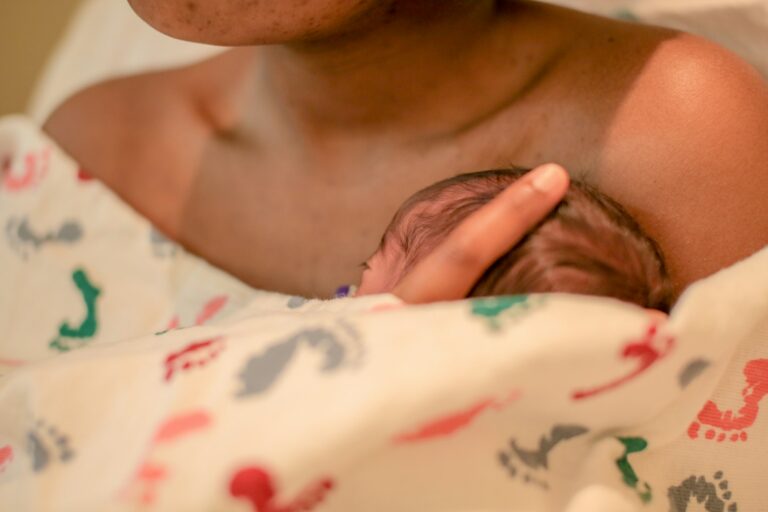Bringing a new life into the world is extraordinary, no doubt. But let’s be honest—once the excitement quiets down a bit, most parents suddenly notice how dramatically the body transforms in the aftermath of birth. Postpartum body changes: these words alone can stir up curiosity, concern, and even a touch of apprehension. Your body, which adapted so brilliantly for pregnancy, now sets off on another journey—one filled with physical sensations, emotional ups and downs, and, yes, a few surprises. You might notice soreness in unexpected places, intense abdominal cramps that seem to announce themselves at the oddest times, or perhaps dark lines and marks on the belly. Perhaps a heaviness in the pelvis, swelling in the legs, or puzzling mood swings throw you off. Sound familiar? The urge to understand what’s happening is perfectly natural. Here, find scientific answers, practical tips, and a positive, balanced outlook on postpartum body changes—from uterine contractions to swollen feet, hormonal turbulence, and renewed strength for parenthood.
Abdominal Changes and Uterine Recovery
Picture this: after delivery, the uterus doesn’t just snap back like an elastic band. It shrinks steadily, moving down from just below the navel to its original size over two weeks, sometimes a bit longer with a caesarean birth. These intense, wave-like cramps—often called afterpains—signal that the uterus is contracting, a perfectly normal occurrence (and often more acute if this isn’t your first child). Alongside this, the abdominal muscles may remain soft and even separated, a condition known as diastasis recti. For some, this leads to a visible bulge; for others, simply a feeling of core weakness. Gentle restorative movement helps, but remember—rushing your recovery is counterproductive.
Another phenomenon: lochia, or postpartum discharge, which evolves visually from bright red to pale yellow or white. While the process can last several weeks, it’s part of healthy healing. Expect minor swelling, a stretched abdominal wall, and that telltale linea nigra (dark belly stripe) lingering a while. A common question—why such bloating? Partly blame it on lingering pregnancy hormones and fluid retention, which will pass as the weeks go by.
Stretch Marks and Changes in Skin
During pregnancy, the skin—especially around the belly and thighs—may stretch beyond its previous limits, leading to stretch marks. These often start out rosy or purplish, and with time, fade to a silvery tone. While various creams promise miracles, the scientific consensus is unanimous: stretch marks won’t vanish entirely, but their texture may soften and appearance may lighten. Meanwhile, pigmentation shifts such as linea nigra or dark patches on the face (melasma) usually fade but sometimes linger.
Pelvic Floor and Perineum: Recovery and Support
Delivering a baby places exceptional stress on the perineum—the area between the anus and the vagina. Tearing, swelling, or the presence of stitches isn’t rare. Many find sitting uncomfortable in the early days; inflatable rings provide some relief, as do warm (or cool) water washes for hygiene. If you notice soreness, slight numbness, or an odd sensation when walking, know that these are regular features of postpartum body changes and rarely last indefinitely. Pelvic floor exercises (Kegels) are scientifically proven to strengthen weakened muscles and are best started a few weeks after delivery unless advised otherwise by your care provider. Notice a little leakage when sneezing or laughing? That’s temporary in most cases and improves as your pelvic floor regains its tone.
Hemorrhoids and Bowel Health
Pregnancy naturally promotes blood vessel dilation, especially around the rectum, making hemorrhoids—swollen veins—uncomfortably common after birth. Add in the extra pressure from pushing during labour, and you’ve got the recipe for swelling or tenderness. Cold witch hazel compresses, suppositories, and maintaining soft stools using a diet packed with fibre, magnesium-rich water, and dried fruits (figs, dates, prunes) all offer natural relief. Many new parents hesitate to visit the toilet, especially if stitches are present, but fears of pain or strain mustn’t lead to suppression, as constipation only worsens the discomfort. Occasional use of laxatives is safe if recommended.
Circulatory and Leg Changes
Sudden swelling of the feet and ankles usually persists for several days after delivery. The body sheds excess fluids through urine and sweat—a process that can seem alarmingly fast, leading to frequent bathroom breaks or night sweats. Medical stockings assist with circulation and can prevent the pooling of blood in the lower limbs. However, localized pain, redness, or unusually one-sided swelling demand immediate medical attention due to the rare but serious risk of blood clots.
Breast and Chest: Transformation and Transition
Following birth, postpartum body changes reach the breasts in dramatic ways. Initial tenderness, swelling, and engorgement typically peak around days three to five, coinciding with the onset of mature milk production. Until then, the breasts produce colostrum, a thick, immune-boosting liquid essential for the baby’s initial nutrition. To relieve discomfort or avoid clogged milk ducts, regular feeding or gentle manual expression are effective. Sore nipples? Creams, cold compresses, and excellent latch technique guided by a lactation expert can be transformative. Once feeding routines stabilize and hormones balance, breast size and sensitivity usually return closer to pre-pregnancy status.
Urinary and Bladder Changes
Temporary loss of bladder control—mild urinary incontinence—immediately follows many births, especially with perineal trauma or swelling. It’s not uncommon to leak slightly when coughing or laughing. Kegel exercises remain the best preventive and corrective strategy, though symptoms usually subside within days. Struggling to urinate or a complete inability is not to be ignored—quick consultation with a healthcare provider is warranted.
Gastrointestinal Landscape
Hormones, pain, and immobility create the perfect environment for constipation after birth. If a tear, episiotomy, or sensitive stitches are present, these worries can intensify. A fibre-rich diet, abundant hydration, and magnesium can restore regularity. If bowel movements are persistently uncomfortable or delayed, do not hesitate to discuss options with your healthcare team.
Back and Pelvic Adjustments
Lower back discomfort after birth surprises many. Despite rumours, the reason rarely involves the epidural but rather the significant, rapid shifts in posture and centre of gravity. The backbone and pelvic bones may shift during birth—they need time and sometimes support, like maternity belts, to realign. Two to three months is typical for most parents to start feeling themselves physically. But remember—individual timelines vary, and slow, steady recovery is more meaningful than rapid change.
Skin, Hair, and Body Composition
Changes in skin tone, the appearance of linea nigra, and darkened patches commonly persist for a few months before fading. However, hair—thicker and more lustrous during pregnancy—often starts to shed excessively around three to six months postpartum due to shifting hormone levels. This condition, called telogen effluvium, is usually temporary and should improve within a year. Your hips might remain broader; some notice lasting changes in shoe size or joint flexibility.
Emotional Well-being and Social Pressures
The transformation isn’t just physical. Fluctuating hormones stir up everything from elation to inexplicable bouts of tears. While “baby blues” resolve within two weeks for most, lingering sadness, anxiety, or indifference may be signs of postpartum depression, a recognized medical condition that responds well to early support. The cultural narrative about “bouncing back” can bring unwelcome stress, but each recovery is unique. Comparing yourself to filtered images or others’ timelines offers little satisfaction. Instead, prioritise self-compassion and patience—progress is personal, not public.
Taking Charge: Self-care, Medical Checkups, and Recovery
Regular postpartum checkups are more than a formality. These appointments survey healing, address emerging symptoms, and offer the chance to ask questions or express concerns. Warning signs—such as heavy bleeding, intense pain, foul-smelling discharge, swollen limbs, headaches that won’t resolve, or sudden mood deterioration—shouldn’t be ignored. Seeking help early is proactive health, not an overreaction.
Daily hygiene routines—including warm water perineal cleansing—are essential for comfort and healing. Prioritize pain relief, nutrition, and adequate rest. Allow yourself time to recover, and accept support from friends or family. Gradual reintroduction of gentle movement—walking, light stretching, and eventually core and pelvic strengthening—supports both mind and body, but heavy exercise can wait until after your checkup or your care provider’s go-ahead.
Sexual activity often takes a back seat. Physical recovery, emotional readiness, and open discussion with your partner shape this new dynamic. Use lubricants, address concerns openly, and seek solutions from your provider if intimacy remains uncomfortable.
Breastfeeding, too, can involve hurdles. Sore nipples, latch problems, or low supply all justify a call to a lactation consultant. Feeding on demand, expressing milk as needed, and choosing comfortable nursing bras can transform challenging starts into smooth routines.
Navigating Everyday Challenges
The journey through postpartum body changes can include a colourful array of physical sensations, awkward adjustments, and, many times, doubts about what’s “normal”. Pain, breast issues, bowel or bladder problems, shifting moods, or relationship strains are all part of this period. Trusted healthcare professionals are invaluable partners if recovery feels slow, painful, or overwhelming. Remember—self-care, empathy, and a network (professional or familial) are your best tools for meeting the demands of parenthood.
Key Takeaways
- Postpartum body changes affect nearly every system—uterus, abdomen, breasts, skin, pelvic organs, urinary and digestive tracts, and emotional landscape.
- Stretch marks, changes in skin tone, and pigmentation patterns (like linea nigra) typically soften over time, although they may not disappear completely.
- Swelling, both in the abdominal area and lower limbs, is expected; hydration and gentle movement promote recovery.
- Back pain, pelvic shifts, and abdominal muscle separation (diastasis recti) often resolve progressively, supported by tailored physical activity.
- Emotional variations, from fleeting “baby blues” to extended mood changes, can be addressed through open conversation, support groups, or mental health consultations.
- Taking time to heal, seeking credible information, and consulting trusted health professionals support a smoother adaptation to life after birth.
- If any symptoms—physical or emotional—are worrisome or persist, prompt medical advice is always the best course.
- For valuable advice and free health checklists for your child’s development, download the application Heloa.
Questions Parents Ask
Can postpartum body changes affect intimacy with my partner?
Absolutely. Many experience a dip in sexual desire, discomfort, or emotional hesitation post-delivery. The pelvic area may still be recovering, hormone fluctuations can reduce natural moisture, and new body image concerns may add to anxiety. Take things slowly, talk openly with your partner, and explore gentle intimacy when you feel comfortable. Sometimes, patience and practical changes (like using a good lubricant or adjusting timing) make all the difference. If pain or anxiety continues, healthcare professionals or counsellors are available for guidance.
How long does it take for hormones to regulate after childbirth?
Hormonal readjustment begins as soon as the baby is born but generally takes several weeks to a few months to reach a “new normal”. Common symptoms include mood swings, fatiguability, and subtle skin or hair variations. If you find emotional shifts are hard to manage, or daily tasks feel too burdensome even after several weeks, consider seeking advice. Experienced healthcare providers see these situations often and can help with support or resources.
Is it normal to have swollen feet and hands after giving birth?
Yes, it is. Swelling in the extremities is a frequent feature of postpartum body changes, usually driven by your body ridding itself of pregnancy fluids and adjusting to hormonal shifts. Gentle movement, adequate liquid intake, and leg elevation encourage recovery. But—if the swelling becomes one-sided, is accompanied by redness or pain, or comes with breathlessness or chest discomfort, prompt medical consultation is highly advisable.
Further reading:


